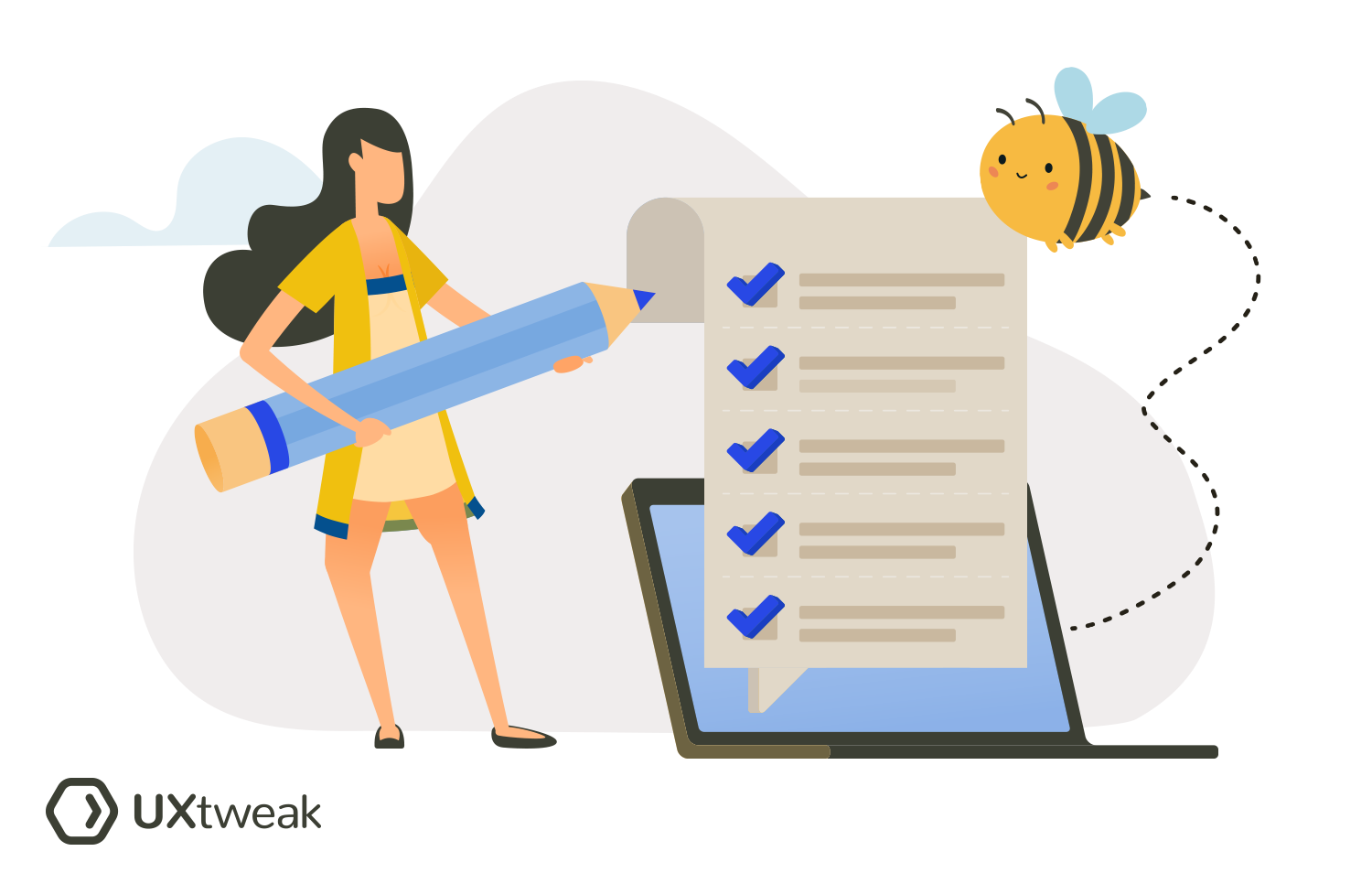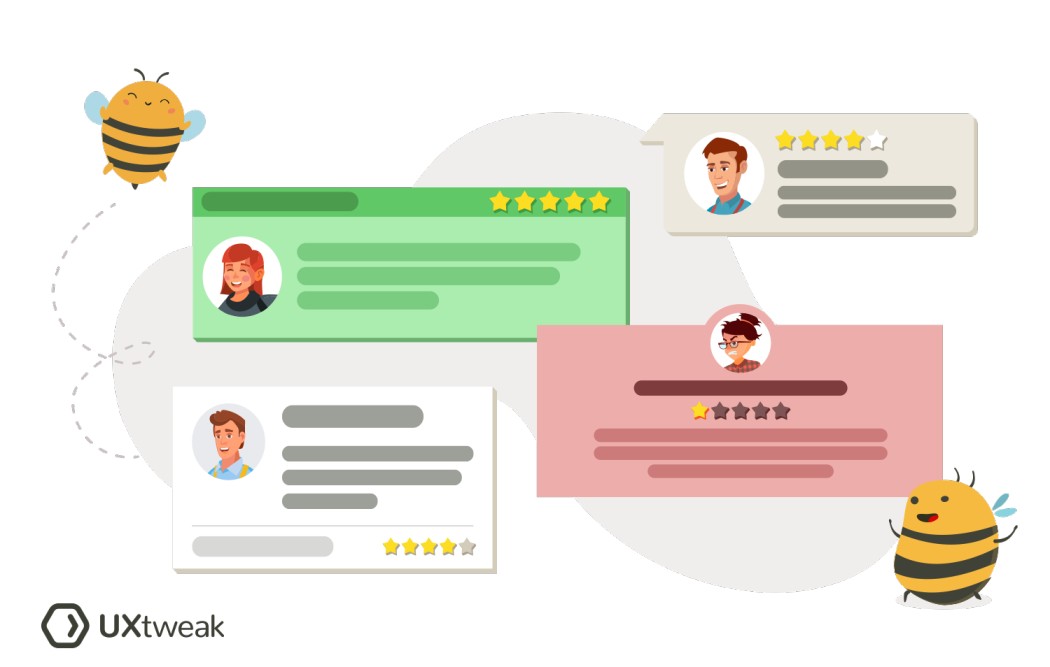What does onboarding mean in UX?
In UX (User Experience) design, onboarding refers to the design and implementation of a seamless and engaging user experience during a user’s initial interactions with a product. It aims to provide a smooth transition for users, helping them understand how to use the product effectively and ensuring a positive first impression.
What is an onboarding process?
The onboarding process is a series of steps or interactions designed to orient and educate users about a product. It typically includes providing welcome messages, tutorials, interactive guides, tooltips, or other instructional elements to help users navigate the product’s features and functionality.
Why is onboarding important?
Initial experience is important for several reasons:
- User Engagement: A captivating initial experience engages users, increasing the likelihood of continued product use.
- User Retention: Providing assistance in overcoming early challenges can convert new users into long-term customers, decreasing early drop-offs.
- Product Adoption: Guiding users through features and benefits accelerates their understanding, fostering successful adoption.
- Positive User Experience: A seamless and intuitive initial interaction forms a positive first impression, building trust and priming for a satisfactory user experience.
Best practices for onboarding UX
- Keep it concise: Keep the onboarding process focused and avoid overwhelming users with excessive information or steps.
- Provide clear guidance: Use clear instructions and visual cues to guide users through the onboarding process and ensure they understand how to navigate and interact with the product.
- Demonstrate value: Show users the value of your product early on by highlighting key features that address their needs.
- Offer interactive learning: Engage users with interactive tutorials or guided tours that allow them to actively explore the product’s features.
- Personalize the experience: Tailor the onboarding experience to individual users whenever possible to provide a more relevant and meaningful experience.
- Provide help and support: Anticipate user questions and offer easily accessible resources for assistance.
- Iterate and improve: Continuously analyze user feedback and data to identify areas for improvement in the onboarding process.
FAQ
The duration of onboarding can vary depending on the complexity of the product and the target audience. It can range from a few minutes to several sessions or interactions spread over a period of time. The goal is to strike a balance between providing essential information and getting users up and running efficiently.
Common onboarding techniques include interactive tutorials, guided tours, contextual tooltips, progressive disclosure of features, on-screen instructions, and personalized welcome messages. The choice of techniques depends on the product, the user’s needs, and the desired user experience.
While onboarding is typically associated with new users, it can also be beneficial for returning or experienced users. Onboarding experiences can help users familiarize themselves with new features, changes, or updates to the product, ensuring a smooth transition and promoting continued engagement.






